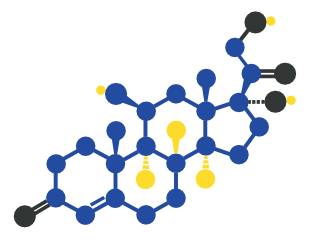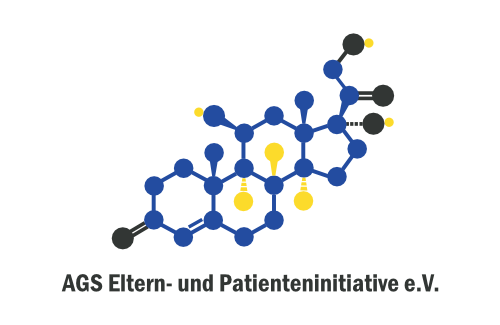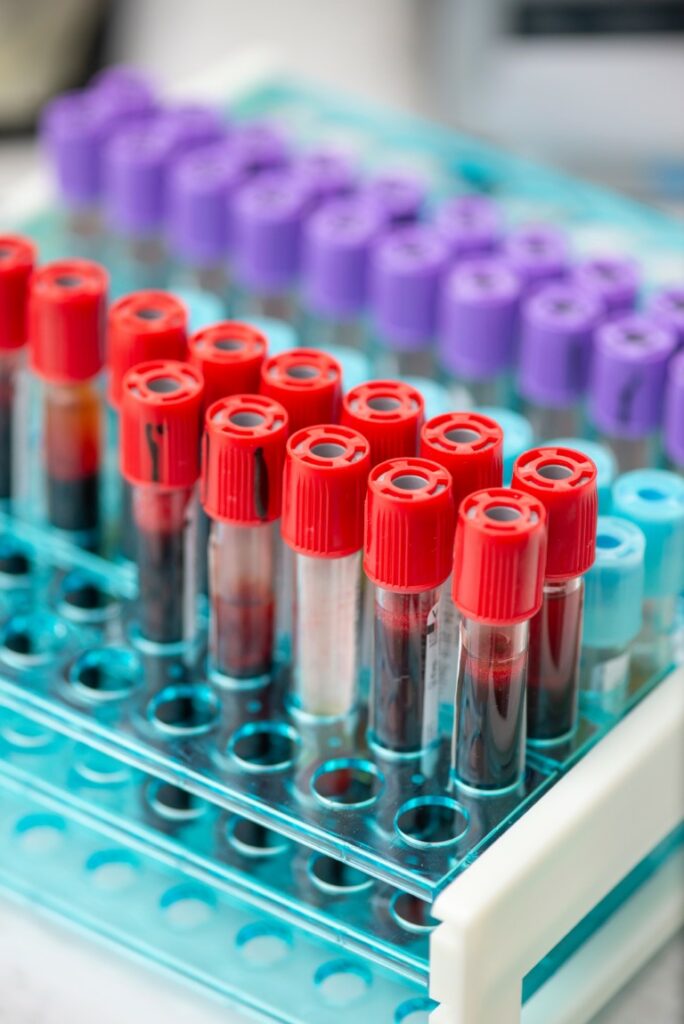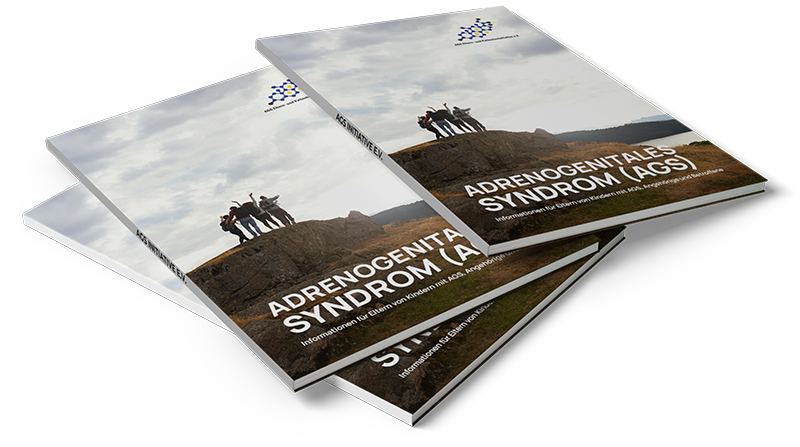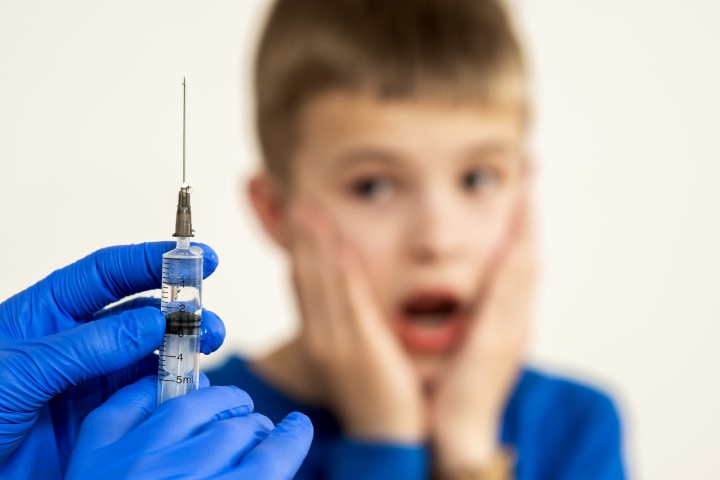CAH in Childhood
In this chapter, you will learn about CAH in childhood. It covers important milestones on the path to finding an individually tailored medication regimen and the importance of regular follow-up examinations with specialists or in specialized centers. For these regular check-ups, a sensitive environment and approach are essential. You will also find useful information about different types of laboratory monitoring and valuable tips on how to handle your child’s potential fear of injections.
